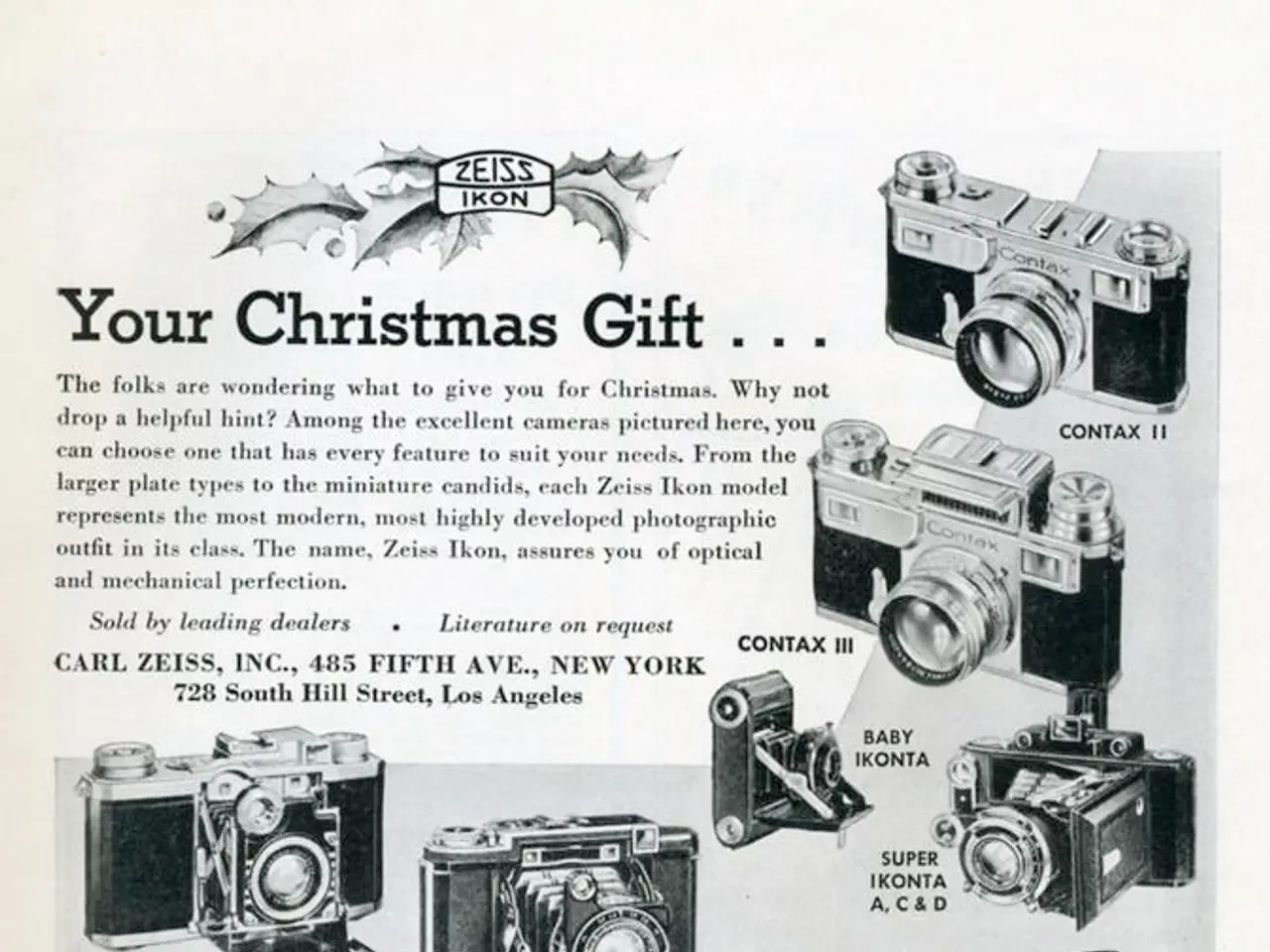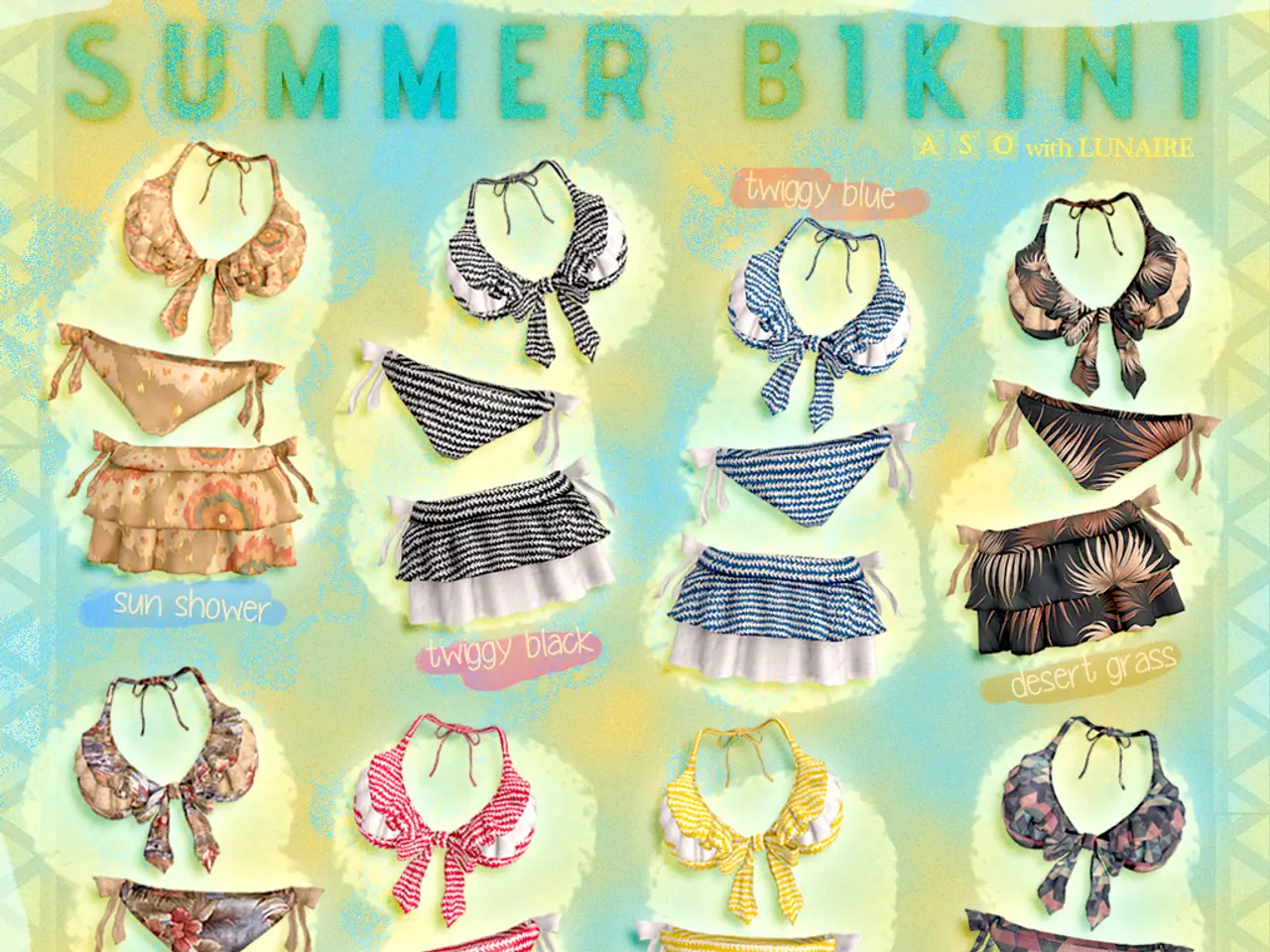Found my initial movie SLR camera in the loft, planning to store it back there.
In the world of photography, the debate between modern technology and classic charm rages on. Two iconic cameras from different eras stand at the heart of this debate: the Canon AE-1, a classic film SLR from the '70s, and the Nikon Zf, a modern mirrorless camera with a retro-inspired design.
Adam Waring, one of Digital Camera World's leading experts, recently rediscovered an old Canon AE-1 film SLR camera in his attic. The camera, with its solid metal body, cool '70s-era logo, and chunky dials and levers, stirred memories of a simpler time in photography. However, Adam, who also has experience with PhotoPlus: The Canon Magazine, remembered the inconvenience of not being able to instantly check the exposure and composition with the Canon AE-1.
The Canon AE-1 offers a traditional shooting experience, valued for its simplicity and the unique aesthetic of film photography. It requires no batteries to operate basic functions, giving it reliability and longevity in the field. However, it lacks digital conveniences such as instant image review, autofocus, and image stabilization. The inherent delays and costs of film processing, limited ISO sensitivity (film-dependent), and fewer conveniences make it less adaptable to very low-light or fast-action environments without specialized film or additional equipment.
In contrast, the Nikon Zf offers modern digital advantages combined with retro tactile controls. It features a full-frame 24.5MP sensor, autofocus down to -10EV, eye and subject tracking even in very dark scenes, dual card slots, and a tactile shooting experience with physical dials that mimic classic camera controls but incorporate modern electronics. The advantages of using a modern, retro-look camera like the Nikon Zf compared to a classic film camera like the Canon AE-1 include advanced autofocus with deep learning, excellent low-light performance, instant digital image review, weather sealing, and versatile lens compatibility.
However, the Nikon Zf does have its drawbacks. It is heavier compared to some classic film cameras and has a steeper learning curve due to its complex electronics and menus. It also requires batteries to function and lacks the analog simplicity of film cameras. The initial cost and ongoing expense of memory cards and batteries are considerations.
Choosing between these two cameras depends on whether the user values the convenience and performance of modern digital technology or the aesthetic and experience of traditional film photography. For those who prefer modern cameras with mechanical dials, classic-camera styling, and cutting-edge technology, like Adam Waring, the Nikon Zf is the clear choice. For those who appreciate the unique image character of film photography, the Canon AE-1 remains a timeless classic.
Digital Camera World provides guides to the best film cameras and the best 35mm films for those who wish to explore the world of film photography. Whether you're a seasoned photographer or a beginner, these guides can help you make an informed decision and capture stunning images with either the Canon AE-1 or the Nikon Zf.
Adam Waring's photographic knowledge isn't limited to Nikon-related topics. His expertise includes using filters, tripods, lighting, L brackets, and other photography equipment. He provides insights on reviews, hands-on tests, skills, techniques, and equipment usage for various photography genres, with a focus on landscapes, wildlife, and almost any genre of photography. As the Guides Editor of the website, Adam Waring is known for his expertise in Nikon-related topics.
Adam's tenure on N-Photo preceded his work at Digital Camera World. Prior to joining the website, he was the editor of N-Photo: The Nikon Magazine for seven years. Recently, his colleague, Mike, also joined the digital photography realm, buying a Nikon FM camera from an auction website.
In the end, both the Canon AE-1 and the Nikon Zf have their place in the world of photography. Whether you're drawn to the simplicity and charm of film or the convenience and performance of digital, there's a camera out there that's perfect for you.
- Adam Waring, a renowned photography expert, found an old Canon AE-1 film SLR camera in his attic, reminding him of a simpler time in photography, yet recalling its inconvenience.
- Although the Canon AE-1 offers a traditional shooting experience with fewer modern digital conveniences, it lacks instant image review, autofocus, and image stabilization, limiting its adaptability in low-light or fast-action environments.
- In contrast, the Nikon Zf boasts modern digital advantages along with retro tactile controls, featuring advanced autofocus with deep learning, excellent low-light performance, instant digital image review, weather sealing, and versatile lens compatibility.
- However, the Nikon Zf is heavier, has a steeper learning curve, requires batteries, and presents initial and ongoing expenses related to memory cards and batteries.
- The choice between the Canon AE-1 and the Nikon Zf depends on the user's preference for either modern digital technology or traditional film photography's aesthetic and experience.
- Adam Waring, with his expertise, provides guidance on using filters, tripods, lighting, L brackets, and other photography equipment, focusing on landscapes, wildlife, and various photography genres.
- Adam's work extends beyond Nikon-related topics, as he previously edited N-Photo: The Nikon Magazine for seven years, and his colleague, Mike, has recently joined the digital photography realm using a Nikon FM camera.
- In the realm of photography, both the Canon AE-1 and the Nikon Zf hold their ground, catering to those who appreciate the unique image character of film or the convenience and performance of digital technology, ensuring that there's a camera out there for everyone.




